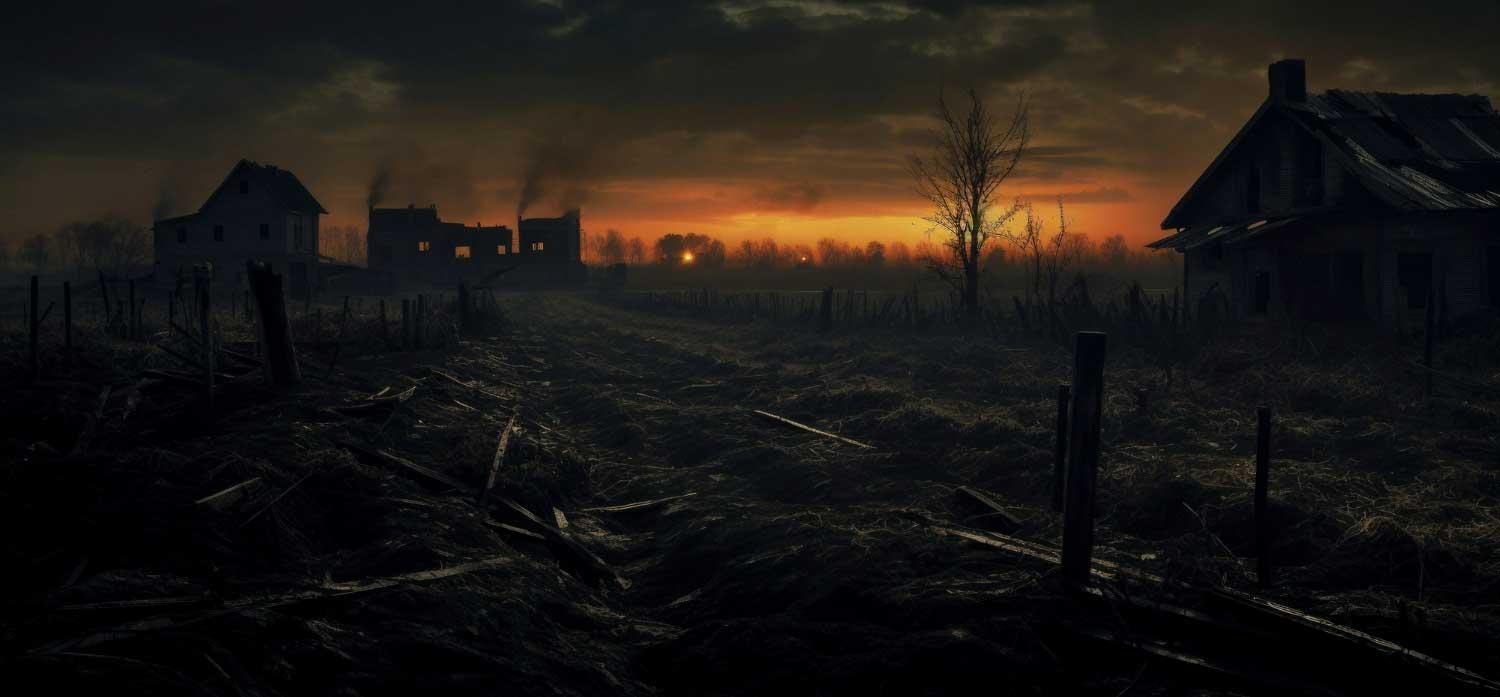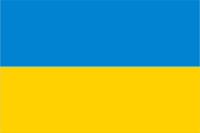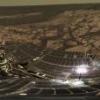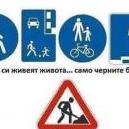-
Подкрепете ни
За любознателните умове и свободния обмен на идеи.
Запази forumnauka.bg – имаме нужда от вашата подкрепа да съществуваме и да се развиваме.
Научи повече:
https://www.paypal.com/donate/forumnauka.bg
-
Теми
-
- 625 мнения
- 29921 views
-
- 64 мнения
- 11401 views
-
Руско-украинската война 2022-2024 година. 1 2 3 4 126
От Р. Теодосиев, in Руско-украинската война 2022 година.
- 3127 мнения
- 150262 views
-
- 2646 мнения
- 152283 views
-
- 4605 мнения
- 198501 views
-
-
Последно разглеждащи 0 Потребители
- No registered users viewing this page.
За нас
"Форум Наука" е онлайн и поддържа научни, исторически и любопитни дискусии с учени, експерти, любители, учители и ученици.
За своята близо двайсет годишна история "Форум Наука" се утвърди като мост между тези, които знаят и тези, които искат да знаят. Всеки ден тук влизат хиляди, които търсят своя отговор. Форумът е богат да информация и безкрайни дискусии по различни въпроси.
Подкрепи съществуването на форумa - направи дарение:






Recommended Posts